Our Story
The Founder: Alessandro Quercetti
The history of the company is the story of its founder’s dream, turned into a unique reality on the international scene; for him it was a quick step from flying and model aircrafts enthusiast to become a pilot and then a successful entrepreneur. Born in Recanati, in the region of Marche, in 1920, he moves to Turin straight away. After taking part in World War II as a fighter jet pilot, at once he starts working, profitably, as a construction worker in a small factory producing tin mechanical toys: the Inco Giochi (Inco Toys). In a short space of time he takes over the company and becomes its owner. He looks after every single element of the business, including design, production, and sale. It’s 1949 and the first successes are starting to show.


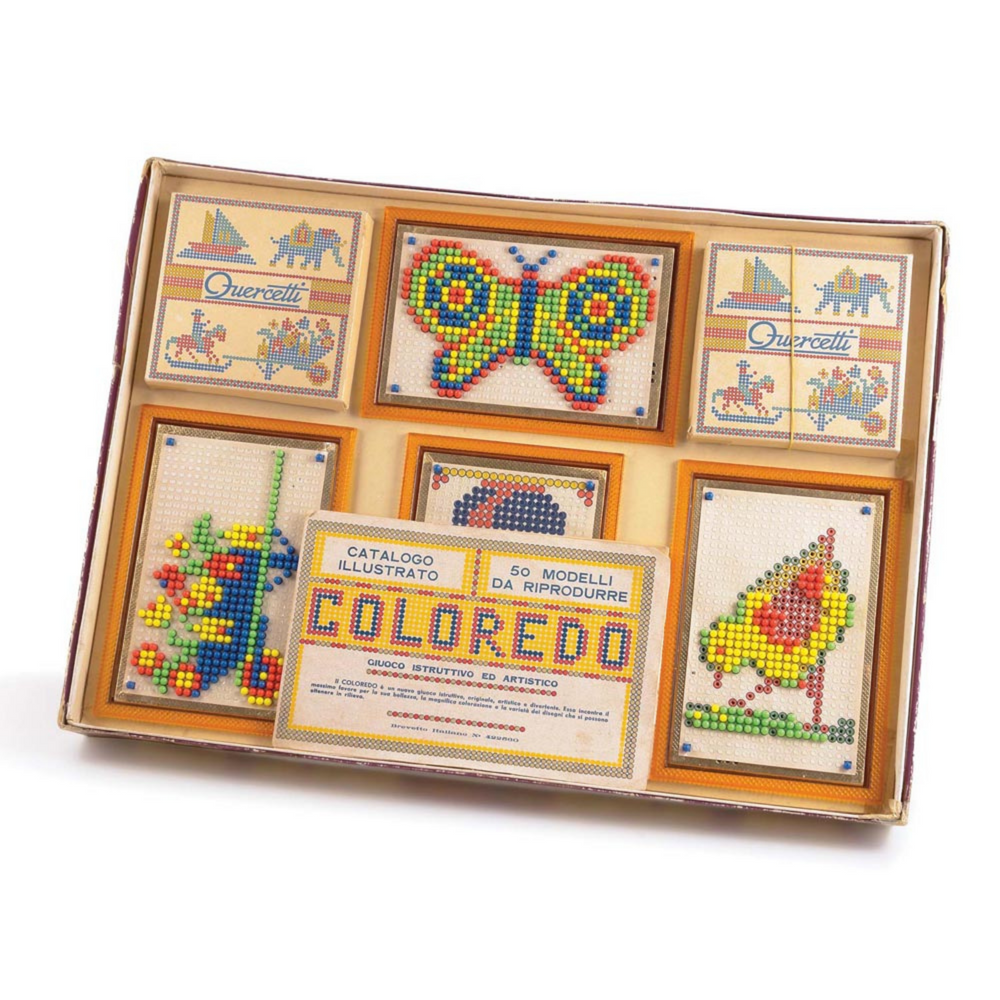
The Quercetti Company is born
Initiative and creativity are uncontainable, so it necessary to give the project a new foundation. This takes shape with the birth of a new company: Hopla, Giocattoli Meccanici Brevettati (Hopla, Patented Mechanical Toys), which soon becomes Quercetti. It’s 1950. From here on, the development of the business is very fast paced, and the company has a long string of successes: Cavallo Galoppa and Sulky, the Chicco and Piretta dolls and then the Coloredo pegs.
The Coloredo pegs, which later become Fantacolor, immediately become popular worldwide, and they become an unmistakable icon of creative play for entire generations of children.
At the beginning (in 1953) the tacks were made of wood and coloured sealing wax, and the perforated tablet, in which the pegs are to be inserted, was made of cardboard. These quickly evolved in their functions and shapes thanks to the use of plastic— all the way to the version still in use today, which is ergonomically advanced and with the highest attention to detail.
1970: The Great Feat
The success of the pegs, but also of the Georello plates and gears, the Magnetic Whiteboards, the Tor Missile, the Sirius Airplane and many other products is astounding, and the company can hardly keep up with the orders. Quercetti is expanding rapidly, and the workforce increases to more than 200 employees.
In this way Alessandro makes the local headlines as a successful Turin self-made man, someone for whom any goal is achievable and, at the same time, one of the most influential people in the world of toys.
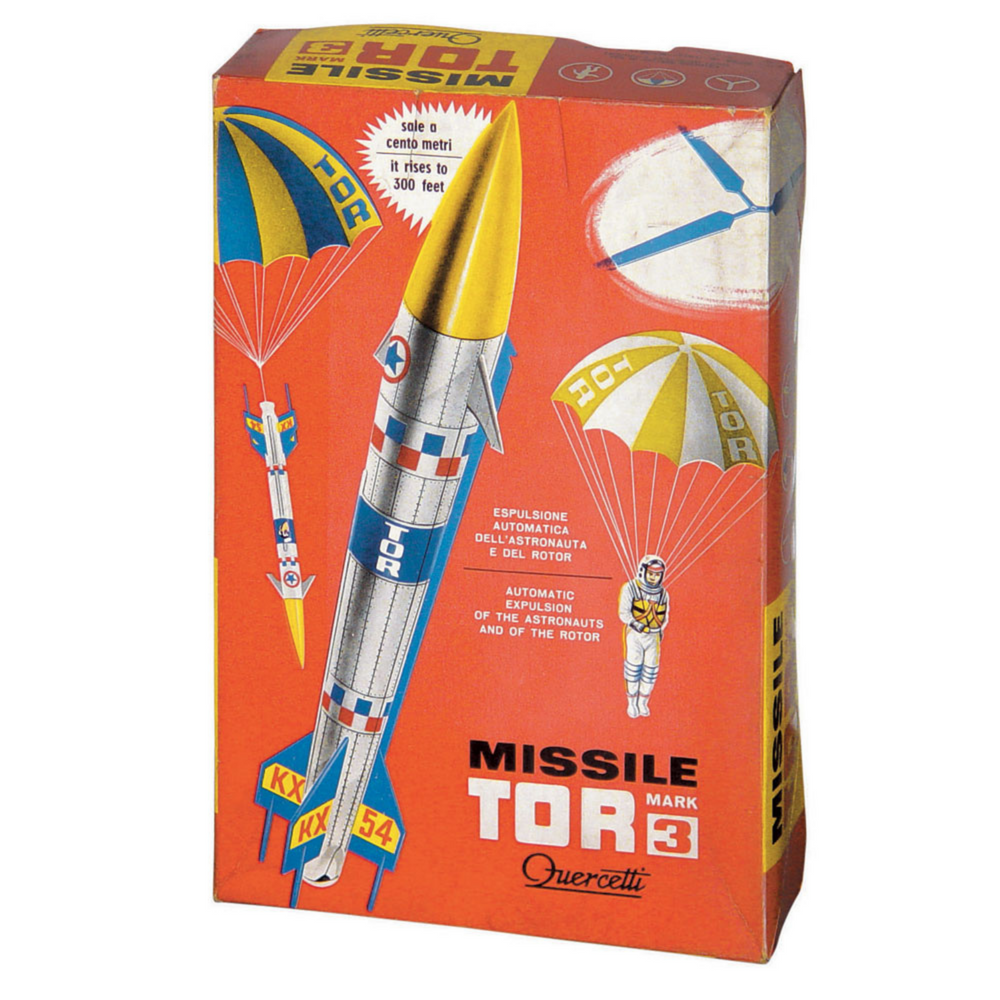
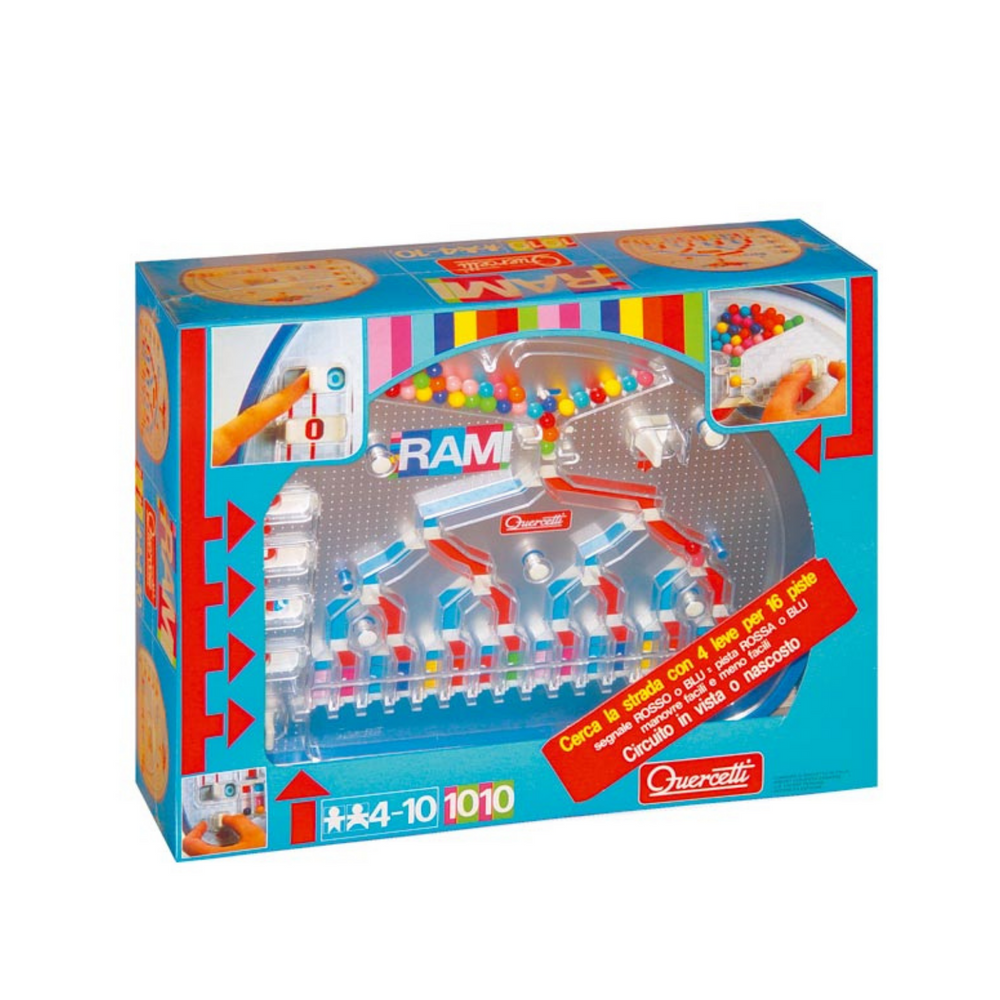
80s and 90s: Rami and Pallino
Rami makes its debut on the market in 1980. It is an innovative, revolutionary toy, one that anticipates educational concepts which have only just started to be taught in schools in the present day. It allows children to enjoy themselves while being introduced to the binary number system, which is the basis of the functioning of all computers. Today we would call this game concept ‘coding’. In the wake of the success of Rami, Pallino is created in 1985. This toy is another step forward in the production of toys with marbles used to create geometrical patterns.
With Pallino, by operating keys and buttons with both hands and following the correct sequence, children can create patterns on the screen and by doing so they train their fine motor skills and manual co-ordination.
Both products, even after 40 years, have a pivotal role in our collection, because they fit perfectly within a more modern approach to learning, which is today synthesised with the STEAM acronym. This includes our toys, which educate children in an inspiring and stimulating way through Science, Technology, Engineering, Arts and Mathematics.
The 2000s
At the beginning of the 00s, a new marble track, called Skyrail, arrives into the collection, revolutionising the toy-track sector.
Skyrail is an astonishing track with breath-taking suspended paths which revolve around a large central pillar. These can be moved in height and inclination thanks to ropes acting as tie-rods.
Once again, it is an utterly original and innovative toy, and it is immediately honoured with a nomination as one of the 10 best educational toys of the year.
The collection of marble tracks made up of Skyrail, Migoga, Cuboga and Big is still to this day the most elaborate in the world and an essential reference point for the toy-track sector.
In February 2020, at the age of 90, Alessandro Quercetti passes away, having dedicated his entire life to the design of intelligent toys, which have made children happy all over the world. In the company, we like to remember him as a man who stubbornly sought perfection in everything he did, and who always wanted the best for his very young customers: the children. To him, they were always the centre of the focus and attention of the company, without compromise. These same values were shared by the work and life of Maria Montessori, to whom we have recently, and not by chance, dedicated a successful collection of products.
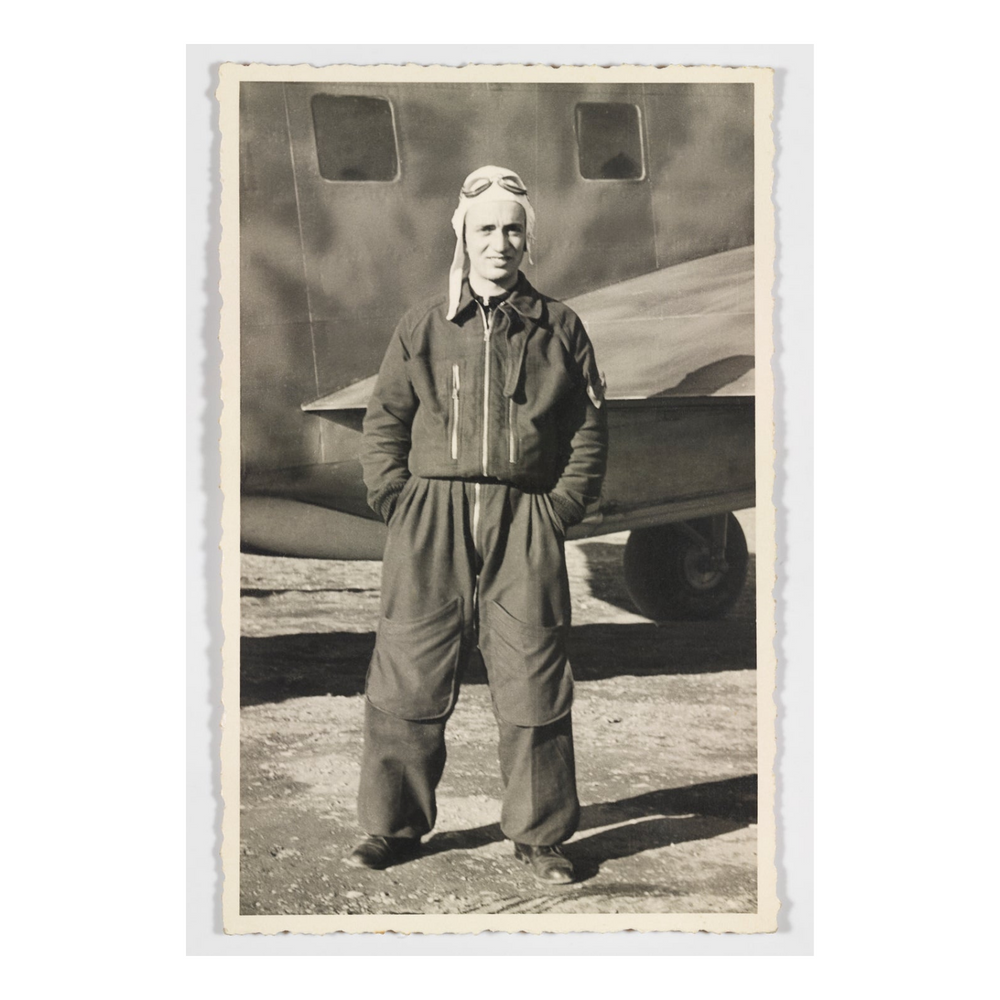
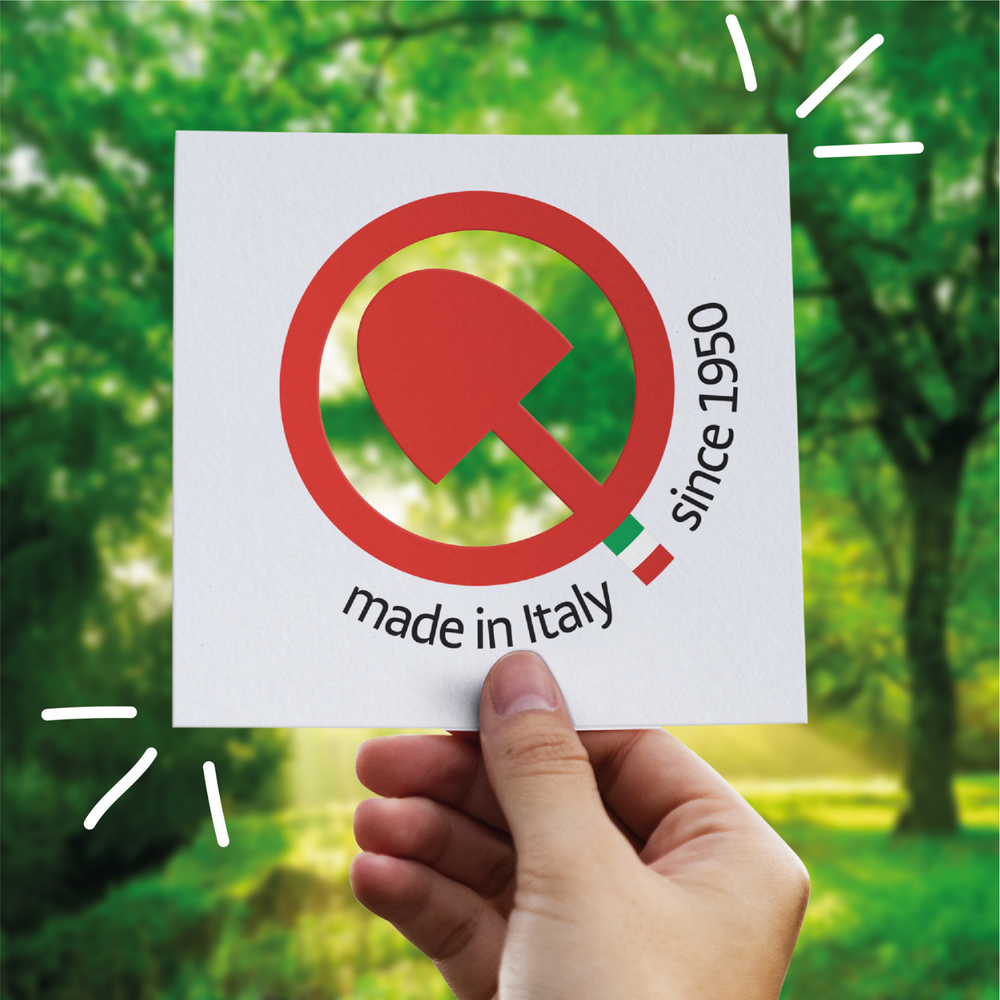
The Company Today - The Value of Made in Italy
70 years after it was founded, the Quercetti family is still the head of the company, following in the same principles of honesty and sharing inherited by its founder Alessandro.
The story of the company is inevitably combined with that of the family and its partners. All these people are passionate about their job, and every day they strive to improve the quality and the procedures so to make the products more competitive and so that the production line can remain in Italy.
We are indeed one of the very few companies who can be proud of controlling the production chain directly. The entire production cycle, from the design of the toy to its delivery, is carried out in Italy, in the city of Turin. Its workers reside locally, and this creates an essential resource in the region.
Today we are a modern and aware company who follow the most stringent security and sustainability rules and regulations, and who can compete with the largest of our international contemporaries. We have 70 years of history and are still going strong.
